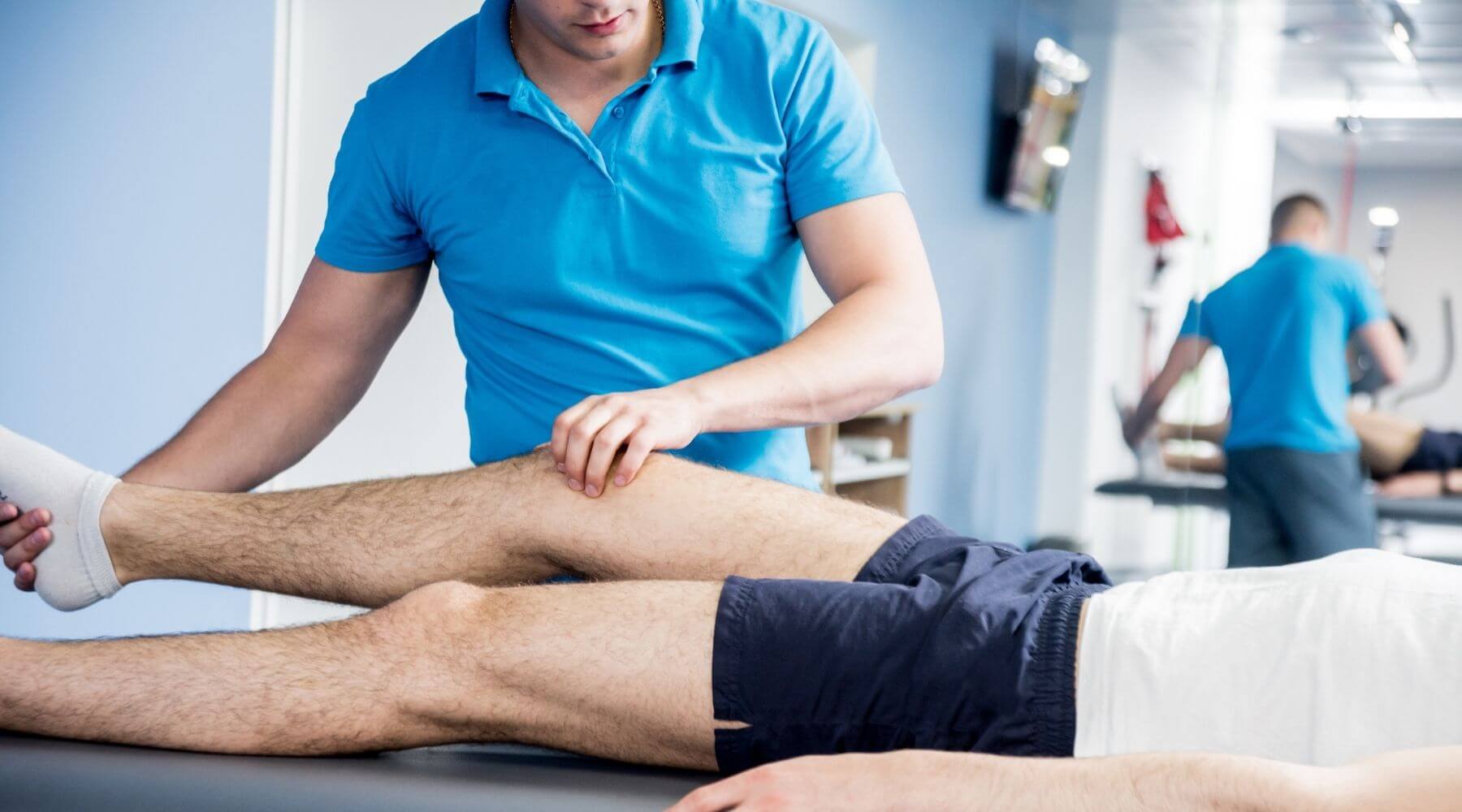
Revitalizing Joints: Unveiling the Benefits of Joint Mobilization
Understanding Joint Mobilization
Joint mobilization is a therapeutic technique used by physical therapists and healthcare professionals to address joint stiffness, pain, and restricted mobility. This gentle manual therapy involves skilled passive movements of the joint surfaces, aiming to enhance flexibility, reduce pain, and improve overall joint function. Let’s delve into the myriad benefits that joint mobilization offers for individuals seeking relief and improved joint health.
Enhanced Range of Motion: Rediscovering Flexibility
One of the primary benefits of joint mobilization is the promotion of enhanced range of motion. By gently mobilizing the joint structures, therapists aim to reduce restrictions and stiffness, allowing individuals to move their joints more freely. Whether it’s a shoulder, knee, or spinal joint, the targeted techniques of joint mobilization can lead to a rediscovery of flexibility, contributing to improved daily functioning.
Pain Reduction: Alleviating Discomfort
Joint mobilization is often employed as a pain management strategy. For individuals experiencing joint pain due to conditions like osteoarthritis or injuries, the gentle movements performed during joint mobilization can help alleviate discomfort. By addressing the underlying causes of pain, this therapeutic approach provides relief and enhances the overall quality of life for those dealing with joint-related issues.
Improved Synovial Fluid Circulation: Nourishing Joint Tissues
The synovial fluid within our joints plays a crucial role in lubrication and nourishment of the joint tissues. Joint mobilization promotes the circulation of synovial fluid, ensuring that the joint surfaces remain well-hydrated and nourished. This enhanced fluid circulation contributes to the longevity and health of the joint structures, preventing degeneration and promoting optimal joint function.
Soft Tissue Extensibility: Supporting Muscles and Ligaments
Beyond its impact on joint structures, joint mobilization influences the surrounding soft tissues, including muscles and ligaments. The gentle stretching and manipulation involved in mobilization contribute to increased soft tissue extensibility. This, in turn, supports better muscle flexibility and reduces tension in the ligaments, fostering a more balanced and functional musculoskeletal system.
Neuromuscular Relaxation: Easing Muscle Tension
Joint mobilization has a neuromuscular impact, influencing the neural signals that control muscle contractions. Through precise techniques, therapists can induce neuromuscular relaxation, easing muscle tension around the targeted joint. This is particularly beneficial for individuals dealing with conditions like muscle spasms or chronic muscular tightness.
Enhanced Circulation: Facilitating Healing Processes
The gentle movements involved in joint mobilization contribute to enhanced blood circulation in the surrounding tissues. Improved circulation is vital for delivering oxygen and nutrients to the joint structures, supporting the body’s natural healing processes. This can be particularly advantageous for individuals recovering from joint injuries or surgeries.
Patient-Centered Approach: Tailored to Individual Needs
One notable aspect of joint mobilization is its adaptability to individual needs. Therapists tailor the techniques based on the specific joint involved, the patient’s condition, and their response to treatment. This patient-centered approach ensures that joint mobilization is a personalized and effective intervention, addressing the unique needs and goals of each individual.
Functional Improvement: Translating to Daily Activities
The ultimate goal of joint mobilization is to translate its benefits into improved functional abilities in daily activities. Whether it’s reaching overhead, walking without pain, or performing basic tasks, the enhanced joint function derived from mobilization contributes to a better quality of life. Patients often find themselves more capable and confident in their daily movements.
Complementary to Other Therapies: Integrated Care
Joint mobilization is often integrated into a comprehensive treatment plan that may include other therapeutic modalities such as exercise, stretching, and strengthening exercises. This integrative approach ensures a holistic and well-rounded strategy for addressing joint-related issues, providing patients with a synergistic and effective path to recovery.
Empowering Recovery: Taking Steps Towards Wellness
Visit Joint Mobilization Benefits to explore more about the advantages of joint mobilization and its role in empowering recovery. Whether recovering from an injury, managing a chronic condition, or seeking to enhance joint health, understanding the benefits of joint mobilization opens doors to a proactive and empowering journey towards overall wellness.